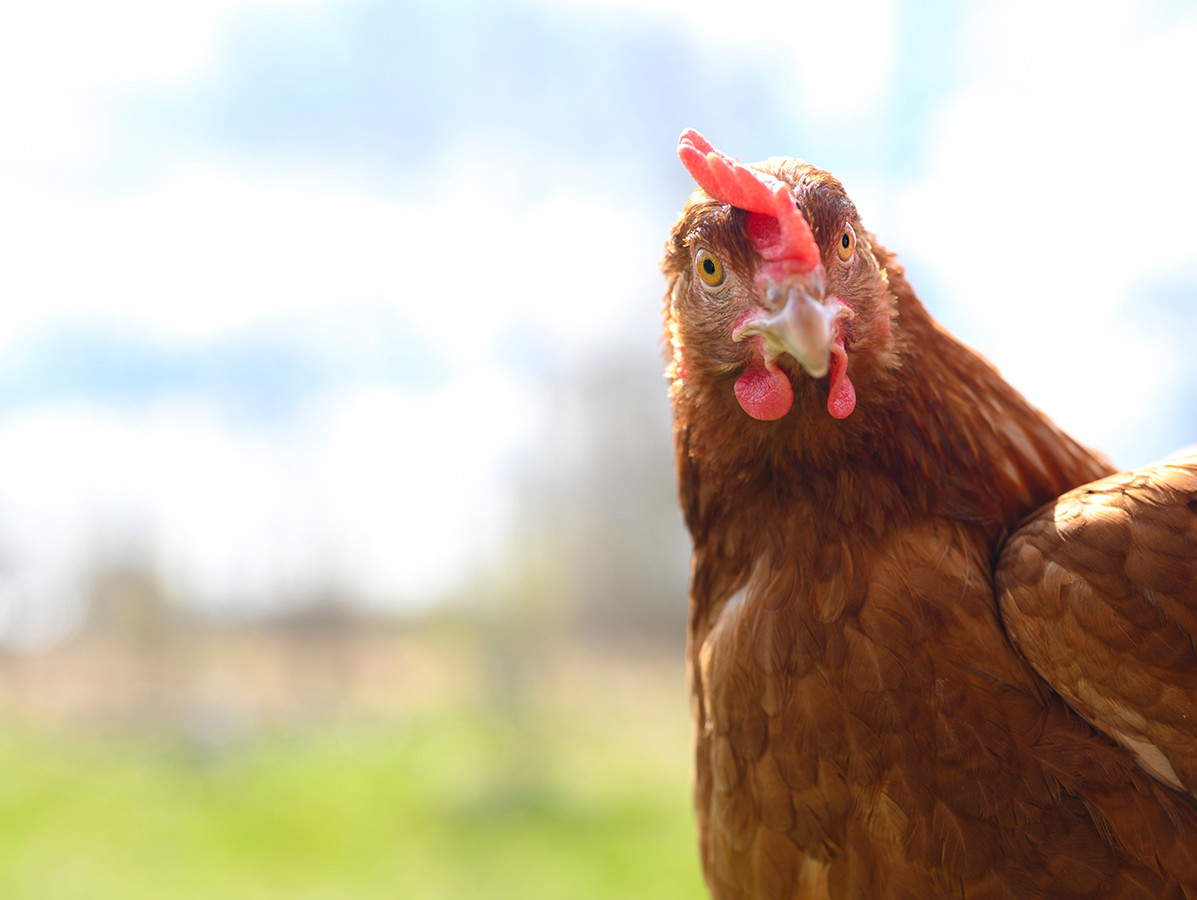
87 percent of Dutch laying hens live in systems where they can move freely, in Europe this share was 52 percent in 2020. This makes the Dutch poultry industry an international leader in the transition to sustainable production. Both the laying sector and the broiler sector have rapidly become more sustainable in recent years. One third of the Dutch broilers are of a slow-growing breed and have extra living space. The end of this transition is not yet in sight.
In the coming years, broiler farmers will have to invest in additional living space as supermarkets switch to poultry meat produced according to the Beter Leven standard of the Dutch Society for the Prevention of Cruelty to Animals. The main difference with the existing supermarket chicken is that covered runs will become mandatory. The further increase in sustainability will lead to higher production costs and will only be sustainable for poultry farmers if they are fairly compensated. Fortunately, the critical public is increasingly willing to pay for sustainably produced chicken meat.
Nevertheless, the transition has exposed a painful dilemma for poultry farmers and consumers. Animal welfare, the environment and the wallet do not automatically go hand in hand, and making the best possible choice is complicated. Focusing on animal welfare can have negative consequences for the environment and the wallet. And the reverse is also true. However, both animal welfare and the environment are decisive in keeping the sector viable in the long term. This calls for an innovative approach in which the extra efforts and costs are fairly distributed across the chain. This requires the market to pay for carefully and sustainably produced food so that the sector remains attractive for future generations. True Pricing is expected to play a greater role here in the future. This method leads to transparency and insight into the actual costs of products so that consumers can make a more conscious choice and buyers can respond to this with their offerings for various markets.
Read the report ‘Visie op Pluimvee’
abnamro.nl
Source: ABN AMRO